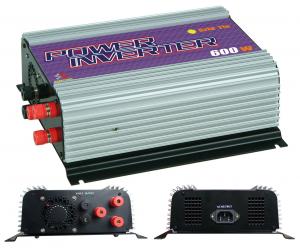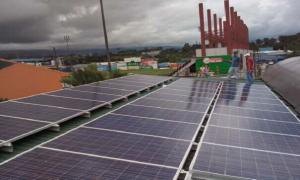Grid-Tie Solar Inverter
Grid-Tie Solar Inverter Related Searches
Led Light Bulbs For Ceiling Fixtures Led Lamps For Ceiling 42 In Ceiling Fan With Light Parts For Light Fixtures Light Projector For Christmas Grill With Led Light Bar Hanging Lights For Kitchen Bar Ceiling Lights For Sitting Room Ceiling Brackets For Lights Ceiling With Led LightsHot Searches
Aluminium Wire Mesh Manufacturers India Ceiling Fan Lowest Price Aluminium Scaffold Planks Sale Aluminium Walkway Mesh Prices Aluminum Bar Stock For Sale High Mast Light Price List Solar High Mast Light Specification High Mast Light Specification 6061 Aluminum Bar Stock Price Aluminum Bar Stock Price Stage Light Price Solar Inverter Fault Light Led Light Manufacturers Aluminum Round Bar Stock Sizes Aluminum Round Bar Stock Near Me Ceiling Fan Lowest Price Aluminum Flat Bar Stock Near Me Aluminum Bar Stock Sizes Aluminum Bar Stock Suppliers Aluminum Bar Stock Near MeGrid-Tie Solar Inverter Supplier & Manufacturer from China
Okorder.com is a professional Grid-Tie Solar Inverter supplier & manufacturer, offers integrated one-stop services including real-time quoting and online cargo tracking. We are funded by CNBM Group, a Fortune 500 enterprise and the largest Grid-Tie Solar Inverter firm in China.Hot Products
FAQ
- Yes, a solar inverter can be used with a solar-powered EV charging network. A solar inverter is responsible for converting the direct current (DC) produced by solar panels into alternating current (AC) that can be used to power electrical devices, including EV chargers. By integrating a solar inverter into a solar-powered EV charging network, the energy generated by the solar panels can directly power the charging stations, reducing reliance on the grid and promoting sustainable energy use.
- Yes, there are government incentives available for installing solar inverters. Many countries offer tax credits, grants, or rebates to encourage the adoption of solar energy. These incentives vary depending on the region and may also include net metering programs or feed-in tariffs, which allow solar system owners to sell excess electricity back to the grid. It is advisable to research and consult local government agencies or renewable energy organizations to determine the specific incentives available in your area.
- A solar inverter handles power factor correction by continuously monitoring the power factor of the electrical load and adjusting its operation accordingly. It applies various control techniques to ensure that the power factor is maintained close to unity, ultimately improving the efficiency and stability of the solar power system.
- A solar inverter is designed to handle variations in ambient temperature by incorporating temperature compensation algorithms. These algorithms adjust the inverter's performance parameters, such as voltage and frequency, based on temperature measurements. This ensures that the inverter operates optimally and efficiently across a wide range of temperature conditions, maintaining stable and reliable power conversion from the solar panels.
- Yes, a solar inverter can be connected to a battery storage system. In fact, this is a common setup in many residential and commercial solar installations. The solar inverter is responsible for converting the direct current (DC) generated by the solar panels into alternating current (AC) that can be used to power electrical appliances. By connecting a battery storage system to the solar inverter, excess energy generated by the solar panels can be stored in the batteries for later use, such as during periods of low sunlight or during power outages. This allows for greater energy independence and the ability to maximize the utilization of solar energy.
- A solar inverter can handle variations in solar panel tilt and orientation by continuously adjusting its output voltage and current to match the changing conditions. It does this through a process called maximum power point tracking (MPPT), which optimizes the energy output of the solar panels by finding the point where the panels generate the maximum power. By dynamically adjusting the voltage and current, the solar inverter ensures that it operates at the optimal point, regardless of the tilt or orientation of the panels. This allows for efficient energy conversion and maximizes the overall power generation from the solar system.
- A solar inverter handles fluctuations in solar panel output by continuously monitoring the voltage and current levels of the panels. It adjusts the power conversion process to match the varying output and optimize the energy conversion. This allows it to maintain a stable and consistent output, even when the solar panel's output fluctuates due to factors like shading, cloud cover, or changes in sunlight intensity.
- The role of a solar inverter in a solar-powered electric fence is to convert the direct current (DC) electricity generated by the solar panels into alternating current (AC) electricity that can be used by the electric fence system. The inverter ensures that the voltage and frequency of the electricity are compatible with the electric fence equipment, allowing it to function effectively and safely.












































